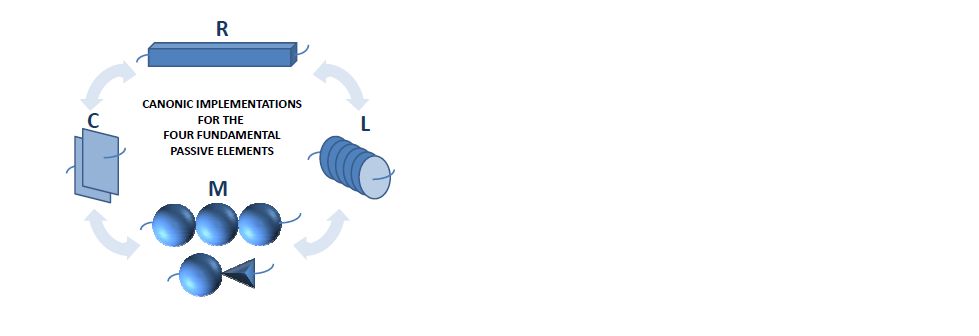It was a nice break after my vacation, indulging into some of the pure science stuff, when an old colleague of mine, Dr. Gaurav Gandhi, founder of mLabs in Delhi came across introducing me to his new research and possible developments in this field. Gaurav was actually in my product validation team while I was at Cadence, very passionate about getting deep into technology and doing things in newer ways.
I was delighted to know details about Memristor, about which I didn’t have full knowledge.
Gaurav and Varun Aggarwal have published a paper “Bipolar Electrical Switching in Metal-Metal Contacts” at Cornell University Library. One can also access it from their website here. Memristor was first discovered by Prof. Leon O. Chua (University of California, Berkeley) in 1971 as a non-linear passive two-terminal electrical component linking electric charge and magnetic flux. Later in 2008, Stan Williams, et al. from HP Labs discovered memristor which exhibits electrically controllable state-dependent resistance. HP Labs actually developed memristor using thin titanium dioxide film between two electrodes. More historical references can be found in Gaurav’s paper, but let’s see what his paper tells us and then ponder over a very near term opportunities and developments in this direction.
Gaurav actually discovered memristive properties in cat’s whisker (one of the first wireless radio detector) as well and identified the state variable governing the resistance state of the device which can be programmed to switch between multiple stable resistance states. He also emphasized on memristive properties being available in larger class of devices called coherers (including cat’s whisker), hence introducing canonical implementation of a memristor.
[Cat’s whisker setup]
In his experimentation, cat’s whisker setup was achieved through Galena crystal in contact with Phosphorous bronze wire, currents of varying amplitudes were passed through and voltages across the setup were recorded. He developed a programmable system in which input current waveform of desired amplitude and time period could be digitally generated and output voltage waveform recorded.
Results of two representative input waveforms – i) Rising triangular bursts of currents and ii) Fixed triangular waveforms in both positive and negative directions, show that the devices exhibit three distinct behaviours: i) cohering action, ii) multi-state memristive behaviour and iii) bi-stable resistive RAM (Random Access Memory) behaviour. Other than this setup, this phenomenon was observed in wide class of crystals like Carborundum, Iron Pyrite and metals including Iron filling, Aluminium, Ni etc. A coherer is comprised of imperfect metal-metal contact.
[Current and voltage Vs time and device behaviour as state-dependent resistance]
It can be clearly inferred that at a current higher than a threshold, average resistance of the device falls. Once the device takes this new state, it maintains its non-linear DC resistance even on excitation by a current value of less than that threshold, that’s an indication of cohering action.
It’s also evident that the maximum current during a time interval acts as a state variable, dictating the resistance in that time interval. As the device experiences higher peak currents, it sets itself to lower non-linear DC resistance values. This shows multi-state behaviour of the device.
[Alternate current and voltage Vs time and bi-stable memristive behaviour of device]
When activated by a bipolar current input, the device sets itself in one state in the positive cycle and in a different state in the negative cycle, thus oscillating between these two stable states, forming the famous eight-shaped pinched hysteresis loop in its V-I characteristic. That’s the bi-stable resistive RAM behaviour.
Opportunities To Semiconductor Industry – It’s clear that a piece of wire can be configured as a memory component which can be ultra optimized in terms of PPA (Power, Performance and Area), the most sought after criteria in semiconductor industry today. It can work great as storage devices. Considering its multi-state property, I can foresee that there could be more applications. Also, once commercially proven, I believe its manufacturing could be simpler and cost effective, if a ubiquitous and suitable material with these properties could be utilized.
As stated above, HP Labs had experimented with memristors. They, in collaborations with Hynix, are said to have plans to manufacture ReRAM (Resistive Random Access Memory) commercially which can replace Flash memory used in smart phones, tablets and MP3 players. Possibly, HP can unveil its baby by the end of 2014.
I am looking forward to more such applications of this simple but far reaching device. Comments and suggestions are welcome!!
Share this post via:







Quantum Computing Technologies and Challenges